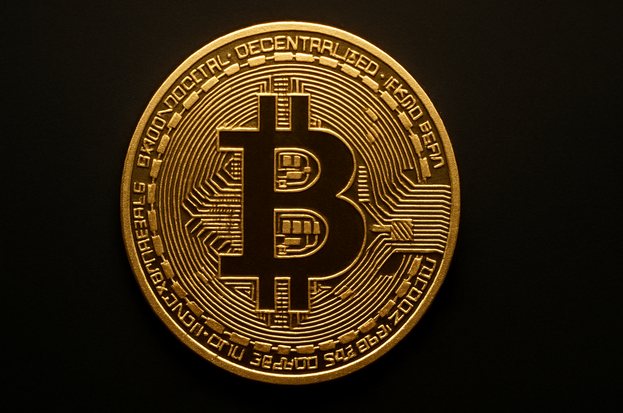TLDR
- Bitcoin trades at $110,300 after falling to $104,000 last week.
- Bitmine allocates $800M toward Ethereum infrastructure.
- Glassnode reports lower leverage and stable BTC structure.
- Blockchaincom plans SPAC merger with Cohen and Co. to go public.
Bitcoin held firm during early Asian trading hours on Tuesday, staying around the $110,300 mark after a recent sharp correction. Analysts say last week’s selloff helped reduce market leverage without damaging the broader structure. Meanwhile, institutional activity remains strong, with new investments flowing into Ethereum infrastructure and crypto firms returning to public markets.
Bitcoin Holds Above $110,000 After Correction
Bitcoin opened Tuesday morning in Asia trading near $110,300, stabilizing after last week’s drop that saw prices fall to around $104,000. According to data from CoinDesk, the cryptocurrency market is largely steady, showing minimal movement overnight.
Analytics firm Glassnode said the recent pullback was “a flush, not a failure.” It stated that excessive leverage was removed from the system, with traders realizing losses and futures open interest declining. The firm added that ETF flows are now flat, and funding rates have normalized, which may indicate that the market is trying to reset.
Exchange volumes rose during the correction, with Arca reporting improving liquidity and more balanced positioning. Analysts noted that this reset phase comes without a deep structural breakdown, and market participants are showing defensive behavior instead of panic.
Institutional Money Remains Active Despite Retail Cool-Off
While retail interest has slowed, institutional players continue to invest in crypto assets. Bitmine, backed by Tom Lee, has committed $800 million toward building out Ethereum infrastructure. The move suggests long-term capital is entering the market, even as speculative activity has cooled.
Enflux, a crypto market maker, referred to Bitmine’s investment as an “infrastructure-scale commitment.” It also pointed to Blockchain.com’s plan to go public through a SPAC merger with Cohen & Co. as another example of renewed interest from institutions.
Enflux added that institutional layering appears to be returning, showing confidence from large players. While retail activity is lower, institutional flows are gradually building a new base for the market. Glassnode agreed with this view, stating that a shift is underway toward capital with longer time horizons.
Ethereum Sees New Demand But Network Activity Dips
Ethereum has remained firm above $3,900 as Asian markets opened, supported by the large allocation from Bitmine. ETH’s recent gains show that it continues to attract investor interest, especially from institutional buyers.
However, some concerns remain over Ethereum’s network activity. Data from DeFiLlama shows that Ethereum generated lower chain fees than Solana and BNB in the last 24 hours. Falling transaction costs may suggest weaker demand for block space or increased use of layer-2 scaling solutions.
Analysts are watching whether this trend continues, as lower fee revenue could affect the Ethereum ecosystem’s long-term sustainability. Despite this, the recent buy activity supports the view that Ethereum remains a key asset for long-term infrastructure investment.
Traditional Markets Move on Global Tensions
Outside crypto, traditional markets also showed strong movement. Gold prices jumped 2.9% to hit a record high of $4,380.89 an ounce. Investors are reacting to renewed tensions between the U.S. and China, along with expectations that the Federal Reserve could lower interest rates.
Meanwhile, Japan’s Nikkei 225 rose more than 1% to reach a record of 49,739.76. The gains were driven by optimism in global equities and support for Sanae Takaichi, who is expected to become Japan’s next prime minister after a parliamentary vote.
Enflux said gold’s rise reflects broader demand for safe-haven assets. It also said that digital assets are now part of a more diversified investment mix, not a replacement for traditional hedges.





